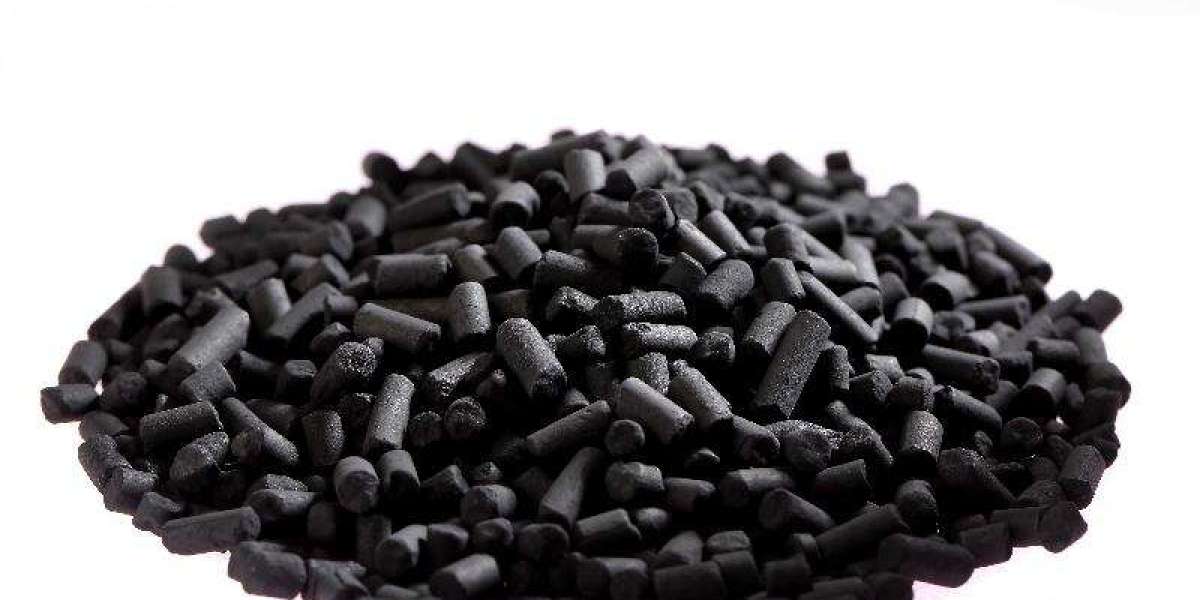The global activated carbon market is undergoing a phase of significant expansion, fueled by rising environmental concerns, growing industrial demand, and an increasing focus on sustainability. Activated carbon, with its remarkable adsorption capabilities, has established itself as a crucial material for water purification, air filtration, food and beverage processing, pharmaceuticals, and chemical manufacturing. As global priorities shift toward cleaner, safer, and more efficient systems, the market for activated carbon is poised to reach new heights.
This blog delves into the factors contributing to the rapid expansion of the activated carbon market, the regions leading this growth, key sectors fueling demand, and the opportunities emerging from this dynamic shift.
Understanding Activated Carbon’s Role
Activated carbon, also known as activated charcoal, is a highly porous form of carbon capable of trapping impurities from gases and liquids through a process called adsorption. Its immense surface area and customizable pore structure make it ideal for removing pollutants, odors, chemicals, and toxins across a wide range of applications.
With environmental challenges becoming more complex and regulations more stringent, activated carbon has transitioned from a specialty material to a mainstream solution in global filtration and purification systems.
Factors Driving Market Expansion
1. Rising Environmental Standards
One of the most powerful forces behind market expansion is the global push for higher environmental standards. Governments are imposing strict regulations on water discharge, industrial emissions, and air quality. Activated carbon has become an essential solution to help industries comply with these mandates, particularly in sectors like power generation, chemical manufacturing, and municipal water treatment.
As environmental legislation continues to tighten across regions including North America, the European Union, and parts of Asia-Pacific the need for reliable and cost-effective purification solutions is growing rapidly.
2. Demand for Clean Water and Air
Access to clean water and breathable air is now recognized as a fundamental human right. Activated carbon is central to achieving this goal. It is widely used in municipal water plants, household filters, air purifiers, and industrial air treatment units.
The market is expanding due to:
Increased urbanization and population density, leading to pressure on water and air systems.
Health-conscious consumer behavior driving demand for home filtration solutions.
The post-pandemic focus on indoor air quality in workplaces, schools, and public venues.
3. Industrial Growth in Emerging Economies
Emerging economies in Asia, Africa, and Latin America are witnessing rapid industrialization, urban expansion, and infrastructure development. With this growth comes increased demand for effective environmental management technologies, including activated carbon-based systems.
Countries such as India, China, Indonesia, Brazil, and South Africa are investing in water treatment facilities, industrial emission control, and sustainable food processing key applications that rely on activated carbon.
4. Technological Innovations and Product Diversification
Modern production technologies and product customization are expanding the reach of activated carbon across new applications. Innovations such as steam and microwave activation, the use of renewable feedstocks (like bamboo or coconut shells), and reactivated carbon are improving performance and sustainability.
Additionally, advancements in pore structure design and functionalization are enabling the use of activated carbon in:
Pharmaceuticals (drug purification and overdose treatments),
Energy storage (supercapacitors and batteries),
Food and beverage processing (color and odor removal), and
Mining (particularly gold recovery).
These innovations are not only creating more value for end-users but are also driving market penetration into previously untapped segments.
Regional Expansion Trends
Asia-Pacific:
This region dominates global production and consumption, with China and India leading the way. Rapid industrialization, coupled with strong government mandates for environmental protection, is fueling demand. Southeast Asian nations are also emerging as important contributors due to growing environmental awareness.
North America:
The United States and Canada have mature markets with continued growth in air and water purification, especially in industrial and healthcare settings. Regulatory bodies like the EPA are encouraging the adoption of activated carbon in emission control systems.
Europe:
European countries are focusing on sustainable solutions and circular economy practices. There is a growing shift toward bio-based and reactivated carbon, particularly in Western Europe.
Latin America, Middle East, and Africa:
These regions are seeing steady growth driven by infrastructure upgrades, water scarcity solutions, and industrial modernization. Strategic investments and government support are unlocking new market potential.
Strategic Moves by Industry Leaders
To support market expansion, key players are:
Increasing production capacities to meet rising demand.
Establishing regional manufacturing hubs for better supply chain management.
Investing in R&D to develop application-specific products.
Forming partnerships to expand distribution networks and enter emerging markets.
Conclusion
The activated carbon market is expanding at an unprecedented pace, fueled by global environmental priorities, rising health awareness, and technological innovation. From regulatory compliance to industrial optimization and consumer demand, the factors driving this growth are varied and far-reaching.
As the world continues to prioritize cleaner ecosystems and sustainable development, activated carbon will remain a key component in solving complex environmental and industrial challenges. For businesses, investors, and innovators, the current wave of market expansion presents a timely and valuable opportunity to contribute to and benefit from a cleaner, healthier future.








